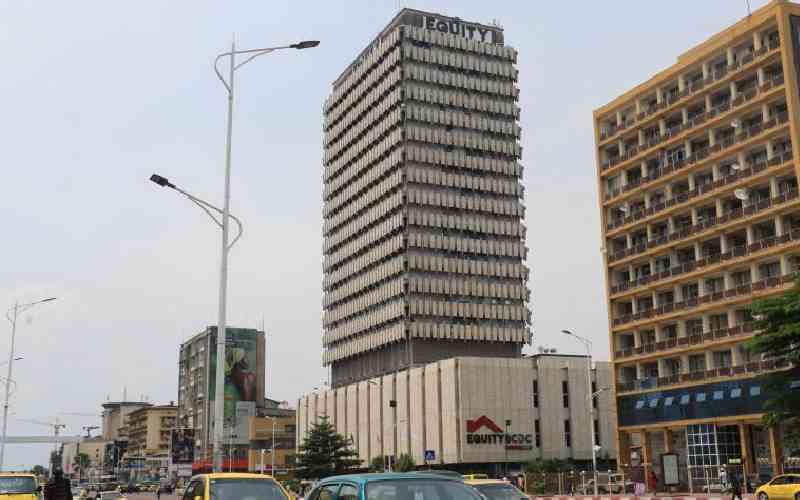
The 2024 Gen Z protests shook the government to its core, forcing withdrawal of a punitive Finance Bill. But a protest is not a political strategy. For this energy to be more than a fleeting moment, it must be institutionalised.
The next frontier for Kenya’s youth is not in the streets, but inside the very political parties they have long disdained. The protests have shown us that Gen Zs are not apathetic. They have demonstrated an unprecedented ability to organise, mobilise, and reshape the national narrative. Yet, a danger lurks: that this raw energy may fizzle out if it doesn’t move from protests to platforms. The narrative is formed, the idea of generational change is firmly entrenched in public opinion, but the missing link now is action through structured organisation. Heading into the 2027 elections, Gen Z stands at a critical crossroads. Scholars remind us that protests follow a natural cycle: emergence, coalescence and institutionalisation. The outrage over the Finance Bill and the mass gatherings perfectly represent the first two stages. The movement successfully emerged and coalesced, but for it to achieve lasting change, it must move into the final stage of institutionalisation. This is the crucial moment where energy from the streets is channeled into formal institutions of power.
This is a lesson from our own history. The pro-democracy movement of the late 1980s and 1990s started with protests but only secured its victory through institutional change. The activists of that era fought to repeal Section 2A of the old Constitution, which made Kenya a one-party dictatorship. Their ultimate success in post-1991 wasn’t just a result of street action; it was formalisation of dissent through political parties like FORD that enabled them carry the struggle to the ballot and into Parliament. We can draw lessons from two recent, contrasting examples: Chile and the Arab Spring. In Chile, massive student protests in 2011 shook the political establishment. But the real transformation came when a protest leader, Gabriel Boric, transitioned into the political arena. He moved from organising on the streets to building parties and contesting elections, eventually winning the presidency.
Conversely, the Arab Spring provides a stark warning. In countries like Tunisia and Egypt, young people ignited revolutions that toppled dictatorships, but without enduring political structures of their own, their energy was ultimately hijacked. Older elites and organised groups regrouped and seized power, leaving many of the protesters’ initial dreams unfulfilled.
With over 91 registered political parties in Kenya, Gen Z is spoilt for choice. Registering a new party is a logistical and financial nightmare. The smarter, more strategic path is to push for change from within existing parties. There is no perfect political party. They are messy, riddled with patronage, and constantly in internal conflict.
This messiness, however, is not a sign of failure; it is a feature of a multi-party democracy. It means parties are not monolithic, but arenas where power is contested. The wisdom of political history is pushing for change from within. In most progressive democracies, young, progressive voices are challenging old guard figures within their own parties, just as factions within the UK’s Conservative Party constantly battle for ideological control. Gen Z power lies not in standing outside and demanding perfection, but in entering the arena and fighting for change from within.
The current political elite, a relatively small group, holds power because they’ve mastered the art of formal political organisation. For Gen Z to truly translate their numerical advantage into real political power, they must move from being a moral force on the streets to an organised force within political parties. This is how protest energy is converted into political power.
Writer comments on current issues







